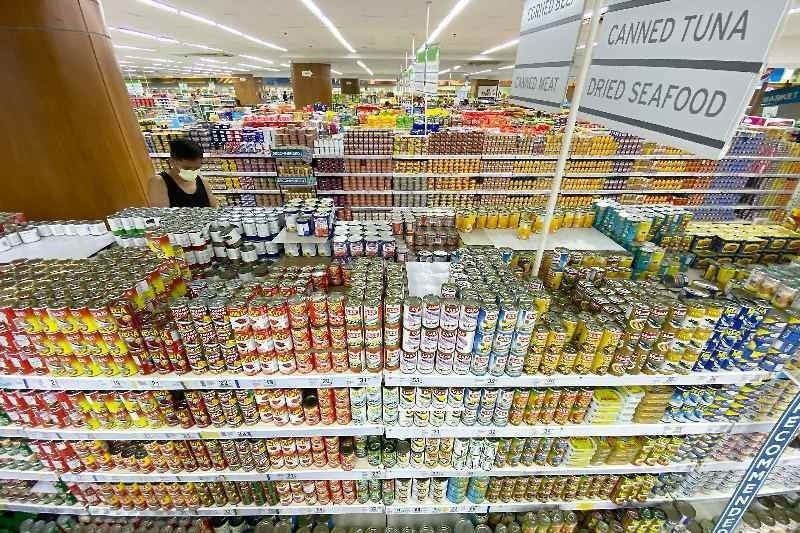Slower growth for Philippines food, beverage retail sector

MANILA, Philippines — Growth of the Philippine food and beverage retail sector is expected to slow down this year as revenge spending fades and consumers spend prudently, according to the United States Department of Agriculture (USDA).
In a report, the USDA-Foreign Agricultural Service (FAS) Manila said the Philippines’ food and beverage sector may grow by six percent to $35 million this year.
“After unexpected eight percent robust growth in 2022, the USDA-FAS estimates a six percent growth in food and beverage retail sales for 2023 as revenge spending ends,” the report said.
Overall, the sector’s expansion will still be driven by strong domestic demand, in line with forecasts of six percent growth in gross domestic product (GDP) this year.
The report also said that household income in the Philippines is also expected to improve on the back of a decline in jobless rates.
“With lower unemployment rates this year, household income growth is set to outpace consumer price inflation,” it said.
Latest reading of the Philippine Statistics Authority (PSA) showed inflation eased for the fifth straight month to 5.4 percent in June, mainly due to slower increases in food prices.
Meanwhile, unemployment rate was 4.3 percent in May, lower than the 4.5 percent in the previous month and from six percent a year earlier.
“Based on research, consumers overall want new product offers that provide value, while more price-sensitive consumers purchase smaller stock keeping units (SKUs) as tourism, events, and dining-in thrive, more hotels and restaurants buy bulk purchases than do households from retail stores,” the USDA-FAS said.
Even as more physical stores amid a reopened economy, e-commerce will continue to thrive as Filipino consumers value variety and the power of choice.
“While most consumers have returned to buying from brick-and-mortar stores, food and beverage e-commerce sales continue to grow as a niche market, showing potential for imported products,” the report said.
Food sales, forming two-thirds of total sales of convenience stores, are expected to reach $1.5 billion this year.
For retail chains, food sales accounted for approximately 60 percent of total sales, estimated to reach $12 billion.
While majority of the traditional retailers are known to operate informally, the US agency said tax-paying traditional retail is an estimated $6-billion market, with half of the sales belonging to food.
The USDA-FAS also sees warehouse club sales reaching more than $1 billion this year, with half attributed to food and beverage sales.
Although hypermarket stores offer more non-food items than supermarkets, the US agency said retail sales are estimated to reach $3.5 billion, with half belonging to food and beverages.
- Latest
- Trending





























